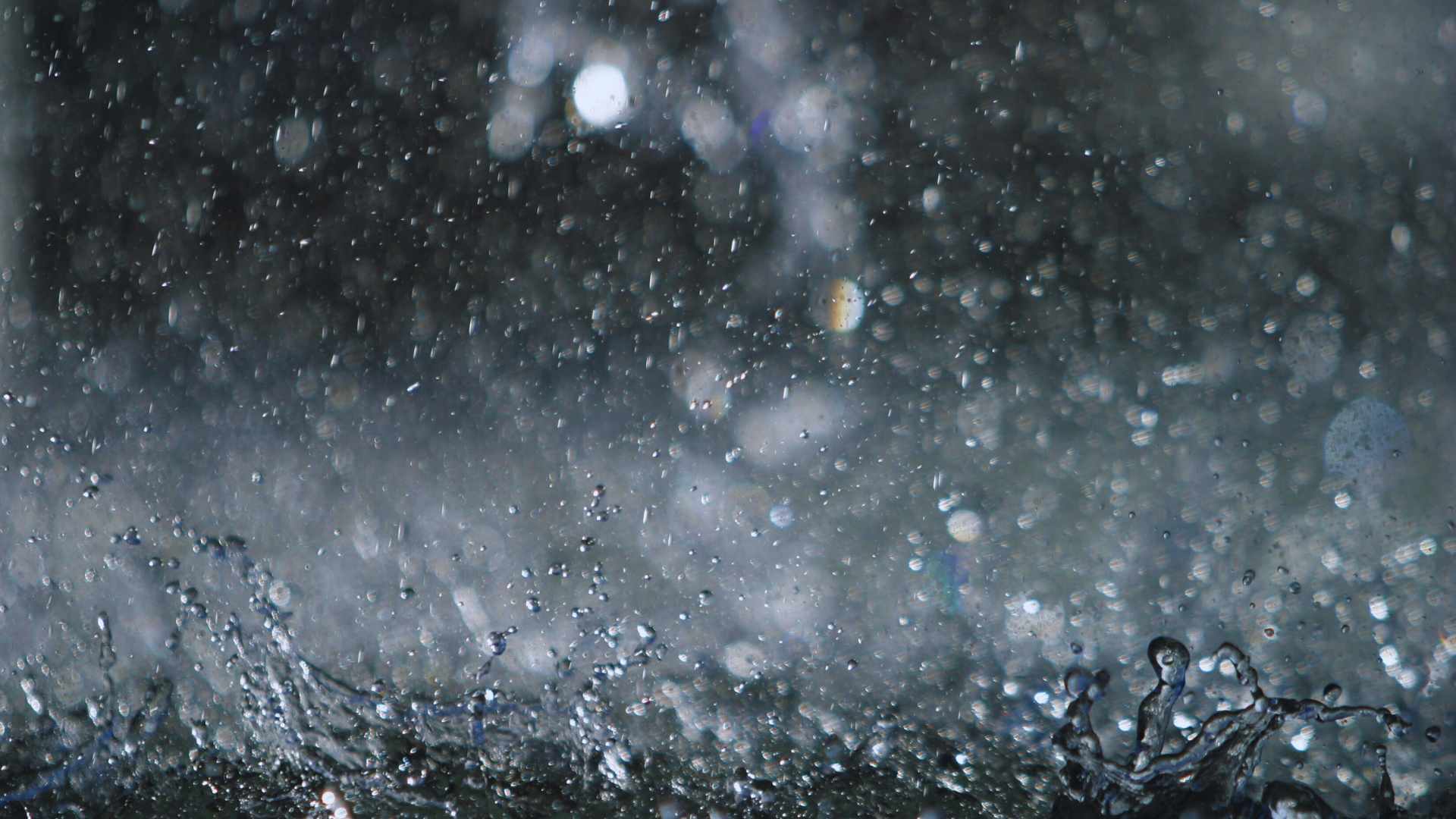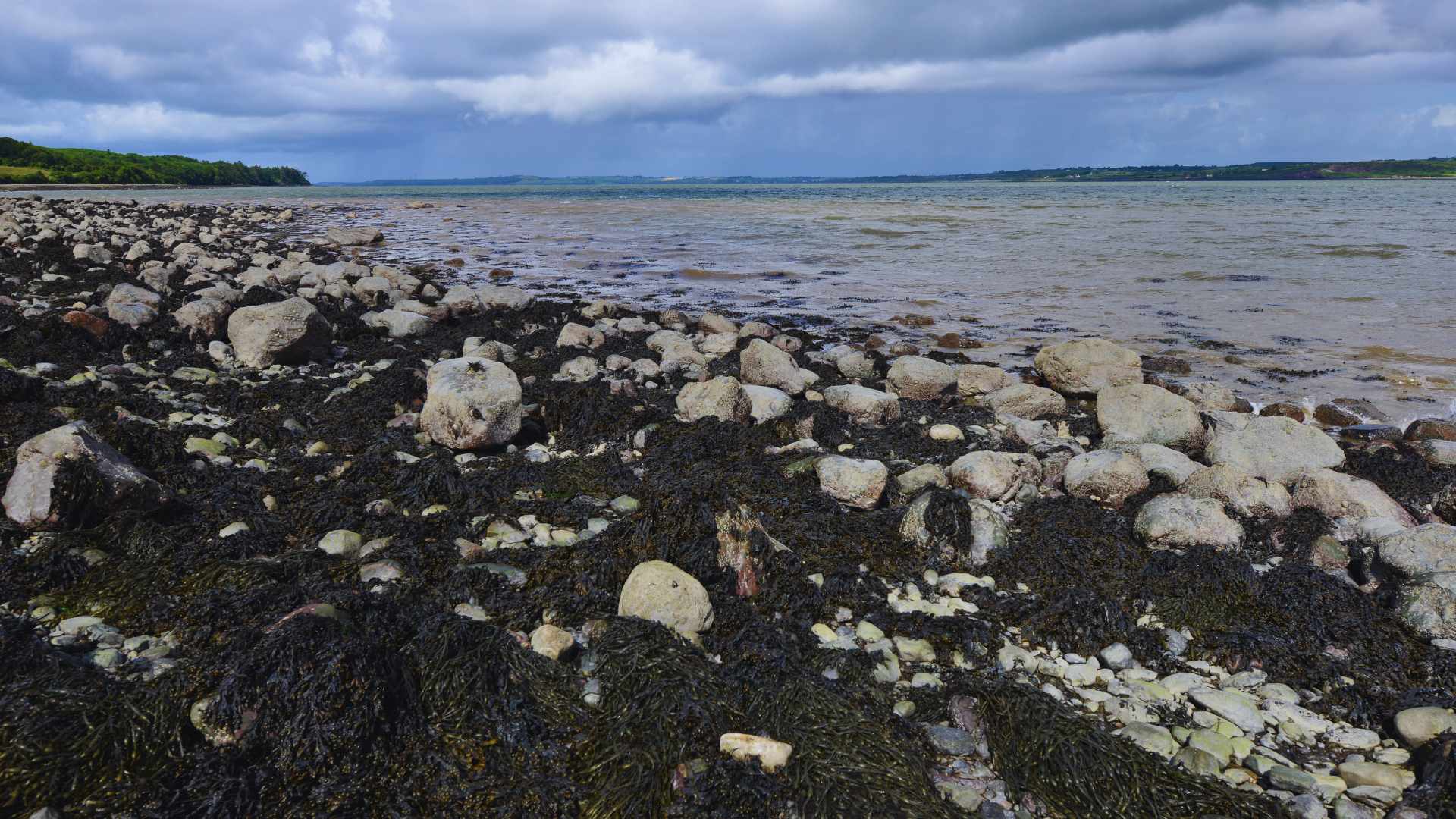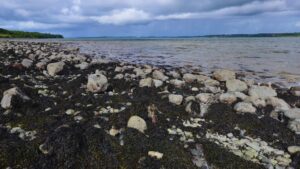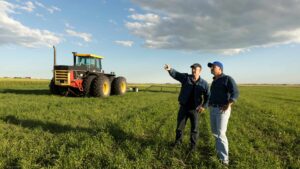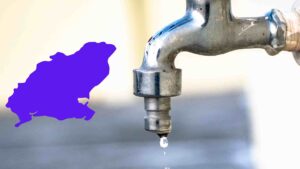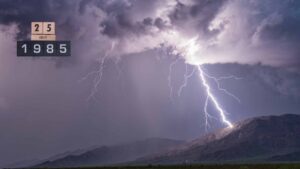
Farmers Prepare for Drier Week After Washout
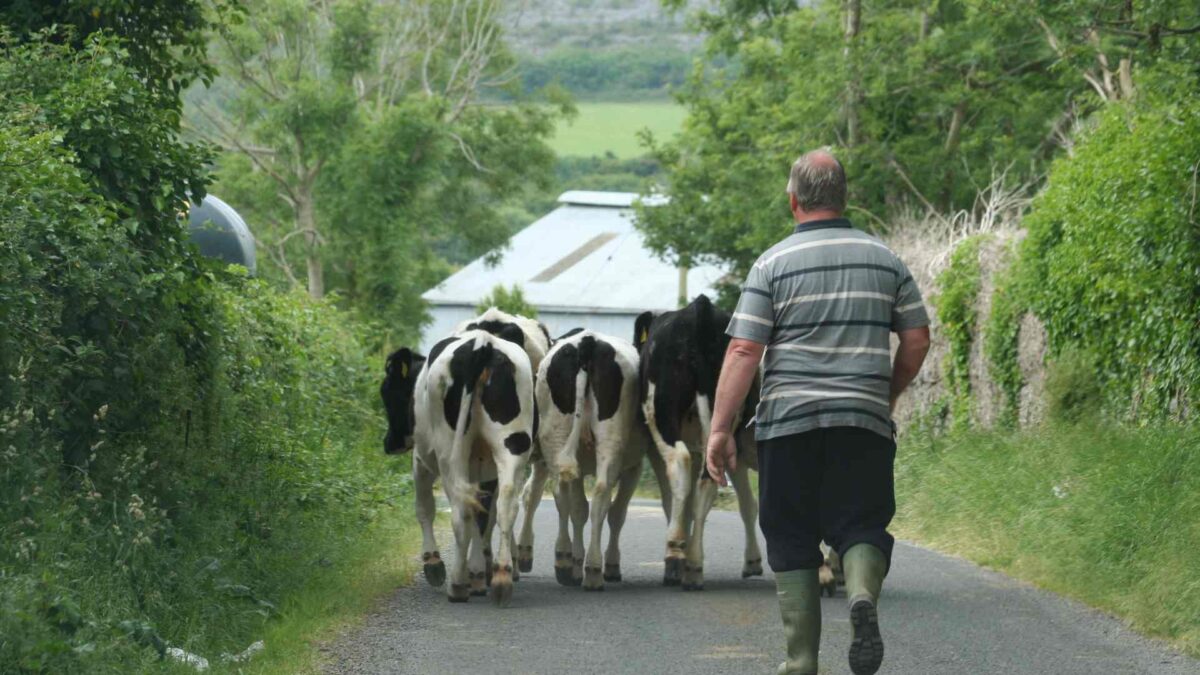
Farmers across Ireland have had a wetter-than-usual week, with some regions seeing more than five times the average rainfall for mid-July.
Met Éireann’s latest Farming Commentary highlights the growing contrasts in rainfall and sunlight across the country—key factors as harvest season looms.
Soaked in the South and East
Eastern and southern counties bore the brunt of the downpours, with Casement Aerodrome in Co. Dublin recording 68.4mm of rain, a staggering 535% of the normal weekly average. In contrast, parts of the north midlands and northwest coasts remained relatively dry, with Ballyhaise, Co. Cavan recording just 9.7mm, or 57% of the typical amount.
Drier Spell Ahead
Looking forward, the influence of the Azores High is expected to bring a welcome period of mainly dry weather across most of Ireland. While some showers and drizzle will still occur, rainfall totals are forecast to come in below average, ranging from just 2mm to 23mm. The wettest weather is likely to affect parts of west Ulster and Connacht.
Temperatures Slightly Above Normal
Mean air temperatures for the past week were slightly warmer than normal, ranging from 15.6°C to 17°C, with the northern half of the country feeling the warmest conditions. Soil temperatures also climbed, with values between 16.7°C and 18.9°C, some up to 2.9°C above the seasonal average—a factor that may help plant growth if dryness persists.
Sunshine in Short Supply
Despite the heat, sunshine was at a premium, with large swathes of the country recording well below average levels. Casement Aerodrome saw just 5.3 hours of sunshine, a mere 15% of what would normally be expected. Malin Head, Co. Donegal fared best, with 16.8 hours—still only 55% of the norm.
What It Means for Farmers
The mix of soggy soils and below-par sunshine may have slowed hay and silage efforts in the east and south, but the expected drier week ahead could offer a vital window for fieldwork. Farmers in the north and northwest, meanwhile, will be watching to see if rainfall stays low, especially where grass growth may be constrained.
Share this WeathÉire story:






